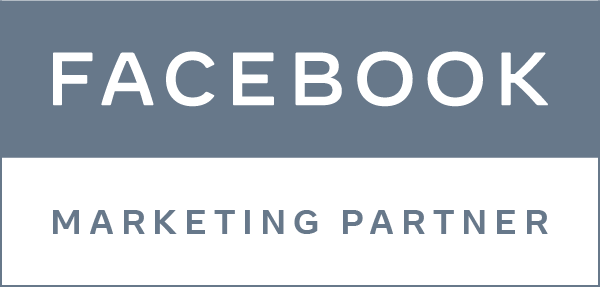In an increasingly fast-paced digital world, the loading speed of a website is crucial for its success. Slow websites not only frustrate users but can also negatively impact search engine rankings. Therefore, improving your site’s loading speed should be a priority. Here are some practical tips to speed up your site and provide an enhanced user experience.
1. Image Optimization
Images are often the largest files on a web page and can significantly slow down loading times. To improve your site’s speed, it’s essential to optimize images. Use lighter image formats, such as WebP, and compress images without losing quality. Tools like TinyPNG or JPEG-Optimizer can be very helpful. Additionally, make sure images are properly resized so you’re not loading versions larger than necessary.
2. Use of Caching
Caching is an effective technique to improve loading speed. When a user visits your site, the browser temporarily stores certain elements of the page, such as images, CSS, and JavaScript. The next time the user visits the site, these elements are loaded from the cache instead of being downloaded again. Configure browser caching through the .htaccess file on your server or use caching plugins like W3 Total Cache or WP Super Cache if you’re using WordPress.
3. Minification of CSS, JavaScript, and HTML
Minifying CSS, JavaScript, and HTML files can reduce file sizes and speed up loading times. This involves removing whitespace, comments, and unnecessary characters. There are several tools and plugins available to help with this task, such as UglifyJS for JavaScript, CSSNano for CSS, and HTMLMinifier for HTML. Many performance optimization plugins also offer this functionality.
4. Use of Content Delivery Networks (CDNs)
Content Delivery Networks (CDNs) are networks of servers spread across various geographical locations that store copies of your site’s content. When a user accesses your site, the content is served from the nearest server, reducing loading times. Services like Cloudflare, Amazon CloudFront, and Akamai are examples of CDNs that can significantly improve your site’s speed.
5. Reduction of Redirects
Redirects create additional HTTP requests that increase your site’s loading time. Whenever possible, minimize the number of redirects and avoid redirect chains. Regularly audit your site to identify and eliminate unnecessary redirects.
6. Asynchronous and Deferred Loading of JavaScript
Asynchronous and deferred loading of JavaScript files can improve the initial loading speed of your site. Asynchronous loading allows JavaScript files to load simultaneously with other elements of the page, while deferred loading delays JavaScript loading until the main elements of the page are fully loaded. To implement these techniques, add the “async” and “defer” attributes to script tags in your HTML code.
7. Database Optimization
If your site uses a database, as is common with WordPress sites, optimizing the database can significantly improve your site’s speed. Remove unnecessary data, such as post revisions, spam comments, and expired transients. Plugins like WP-Optimize can automate this process and keep your database clean and efficient.
8. Choosing a High-Performance Server
The performance of the server hosting your site has a direct impact on loading speed. Choose a hosting service that offers high-performance servers with good read and write speeds and support for technologies like HTTP/2 and SSDs. Hosts like SiteGround, Bluehost, and Kinsta are known for their performance and reliability.
9. Use of AMP (Accelerated Mobile Pages)
AMP is a technology developed by Google to improve loading speed on mobile devices. AMP pages are simplified versions of regular pages, optimized to load quickly on mobile devices. Implementing AMP on your site can provide an improved user experience for mobile visitors and enhance your ranking in search results.
10. Continuous Performance Monitoring
Finally, it’s important to continuously monitor your site’s performance. Use tools like Google PageSpeed Insights, GTmetrix, and Pingdom to analyse your site’s speed and identify areas that need improvement. Regular monitoring allows you to act quickly on any performance issues and keep your site optimized.
Conclusion
Improving your site’s loading speed is not just a technical matter; it’s an investment in user experience and the success of your online business. By following these tips, you can ensure that your site loads quickly, keeps visitors satisfied, and increases your chances of success in the competitive digital world.









